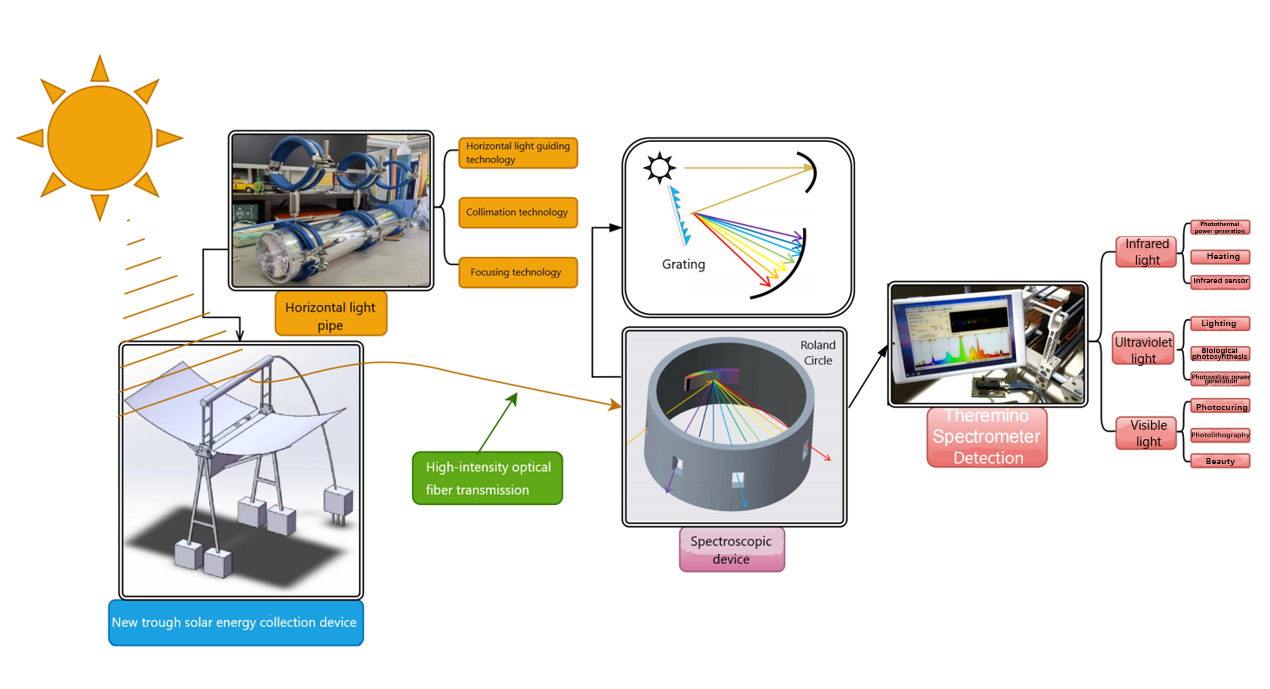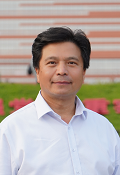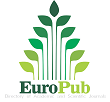A brief analysis of spectral technology for effective utilization of full spectrum of solar energy
DOI:
https://doi.org/10.18686/cest.v2i4.240Keywords:
full spectrum of solar energy; new trough-type solar energy collection and light transport device; optical fiber; Roland circle spectrometry; spectroscopic utilizationAbstract
In this paper, a spectroscopic technology based on a trough-type parabolic condenser is proposed, which effectively utilizes the full spectrum of solar energy for light transmission through optical fibers. The technology comprises four parts, which are concentration, transmission, splitting, and detection, and its application in the field of clean energy was explored. A one-way glass is introduced into the installation as a device for light transmission restriction. The one-way transmittance of one-way glass effectively ensures the transmission direction of sunlight. According to the light simulation results from TracePro software, after the light was transmitted through the one-way glass reflection device, light intensity was guaranteed to meet usage requirements. After being focused by collimating lens and Fresnel lens, the light is introduced into a Roland circle spectroscopic system through an optical fiber. After splitting, various types of light passing through the detection system are introduced into their respective optical fibers for long-distance transmission and use. From the experiments, it was found that through reasonable splitting and the targeted use of different wavelength bands, the effective utilization of the full spectrum of solar energy significantly improved, verifying the feasibility of the device design idea.

Downloads
Published
How to Cite
Issue
Section
License
Copyright (c) 2024 Guiqing Yin, Xingyun Jia, Zhihao Miao, Rui Ni

This work is licensed under a Creative Commons Attribution 4.0 International License.
References
1. Bai S, Zhang N, Gao C, et al. Defect engineering in photocatalytic materials. Nano Energy. 2018; 53: 296-336. doi: 10.1016/j.nanoen.2018.08.058 DOI: https://doi.org/10.1016/j.nanoen.2018.08.058
2. Qin H, Ke Y, Li J, et al. Research progress on the application of photothermal synergistic effect in catalytic reactions (Chinese). Journal of Molecular Catalysis (China). 2021; 35(4): 375-389. doi: 10.16084/j.issn1001-3555.2021.04.008
3. Li Q, Lu G. Significant Effect of Pressure on the H2 Releasing from Photothermal-Catalytic Water Steam Splitting over TiSi2 and Pt/TiO2. Catalysis Letters. 2008; 125(3-4): 376-379. doi: 10.1007/s10562-008-9548-8 DOI: https://doi.org/10.1007/s10562-008-9548-8
4. Liu X, Wang C, Gao J, et al. Carbon sink enhancement pathways for China’s artificial forest ecosystems serving dual carbon goals (Chinese). Acta Ecologica Sinica. 2023; 43(14): 5662-5673.
5. Wang J. He K, Li C, et al. Research progress of solar thermal catalytic hydrogen production (Chinese). Industrial Catalysis. 2024; 32(2): 20-25.
6. Kalogirou S. Seawater desalination using renewable energy sources. Progress in Energy and Combustion Science. 2005; 31(3): 242-281. doi: 10.1016/j.pecs.2005.03.001 DOI: https://doi.org/10.1016/j.pecs.2005.03.001
7. Kamat PV. Meeting the Clean Energy Demand: Nanostructure Architectures for Solar Energy Conversion. The Journal of Physical Chemistry C. 2007; 111(7): 2834-2860. doi: 10.1021/jp066952u DOI: https://doi.org/10.1021/jp066952u
8. Chu S, Majumdar A. Opportunities and challenges for a sustainable energy future. Nature. 2012; 488(7411): 294-303. doi: 10.1038/nature11475 DOI: https://doi.org/10.1038/nature11475
9. Panwar NL, Kaushik SC, Kothari S. Role of renewable energy sources in environmental protection: A review. Renewable and Sustainable Energy Reviews. 2011; 15(3): 1513-1524. doi: 10.1016/j.rser.2010.11.037 DOI: https://doi.org/10.1016/j.rser.2010.11.037
10. Qu W. Research on the Mechanism and Method of Complementary Photovoltaic-Photothermal-Chemical Trough-Type Concentrated Solar Energy (Chinese) [PhD thesis]. University of Chinese Academy of Sciences; 2019. doi: 10.27540/d.cnki.ggrws.2019.000002
11. Li S. Optimization Design of New Fresnel Concentrator Structure (Chinese) [Master’s thesis]. University of Electronic Science and Technology of China; 2018.
12. Li H. Splitting Two-Stage Concentrated Solar Fiber Coupled Energy Transmission System (Chinese) [Master’s thesis]. Donghua University; 2022.
13. Granqvist CG. Solar Energy Materials. Advanced Materials. 2003; 15(21): 1789-1803. doi: 10.1002/adma.200300378 DOI: https://doi.org/10.1002/adma.200300378
14. Gueymard CA. The sun’s total and spectral irradiance for solar energy applications and solar radiation models. Solar Energy. 2004; 76(4): 423-453. doi: 10.1016/j.solener.2003.08.039 DOI: https://doi.org/10.1016/j.solener.2003.08.039
15. Chen X. Optical-Mechanical Structure Design of CCD Spark Direct-Reading Spectrometer (Chinese) [Master’s thesis]. Huazhong University of Science and Technology; 2016.
16. Lu Y, Ren W, Guo, G, et al. Optical system design of double Roland circle spectrometer (Chinese). Journal of Applied Optics. 2022; 43(3): 415-423. DOI: https://doi.org/10.5768/JAO202243.0301006




.jpg)
.jpg)

